UBC opens Gordon B. Shrum Building, Canada’s first purpose-built biomedical engineering facility
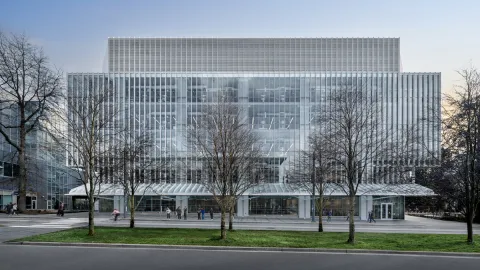
Today, the University of British Columbia officially opened the doors to the Gordon B. Shrum Building, the new home for the School of Biomedical Engineering (SBME). As Canada’s first purpose-built facility for biomedical engineering, the new building brings together researchers, students, and industry partners under one roof to advance biomedical research, education, and innovation.
The five-storey, 158,000-square-foot facility includes specialized labs, collaborative research spaces, and teaching facilities to support biomedical engineering and life sciences innovation. Researchers will use the space to develop new medical devices, artificial intelligence-driven diagnostics, and lifesaving treatments. Meanwhile, students will gain hands-on training experience to prepare them for careers in B.C.’s rapidly growing life sciences sector.
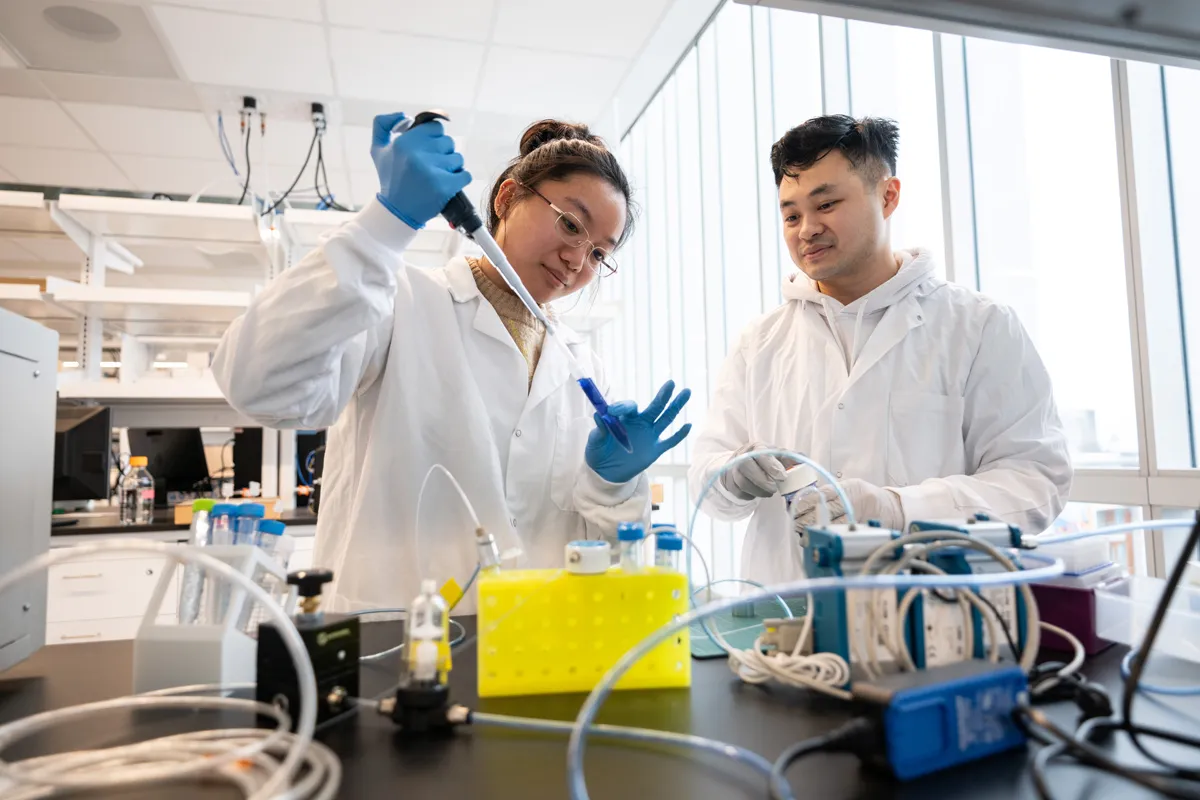
The $139.4-million project was funded through $25 million from the Government of British Columbia, $114.4 million from UBC, and more than $30 million in philanthropic support for SBME from donors, including the Gordon B. Shrum Charitable Fund, the Conconi Family Foundation, United Therapeutics Corporation, Dr. Jim McEwen, and Paul and Nicole Geyer.
The building is named in honour of the philanthropic legacy of Gordon B. Shrum, who graduated from UBC in 1958. Shrum, who passed away in 2018, supported novel approaches to addressing community needs. He left nearly all of his estate to charity, leading to gifts with transformational impact on health care, the environment, education, and social justice.
“We are grateful to the Government of British Columbia and our generous donors for helping make this building a reality,” said UBC President and Vice-Chancellor, Dr. Benoit-Antoine Bacon. “B.C.’s life sciences sector has emerged as a global leader, and the Gordon B. Shrum Building will play a central role in supporting critical research and the next generation of biomedical engineers who will fuel the sector’s continued growth and bring innovative health solutions to Canadians.”
“This is much more than a building. This is an important milestone in medical innovation and reflects our government’s commitment to improving health care in our province,” said Anne Kang, Minister of Post-Secondary Education and Future Skills. “I am excited for students and the future workers of our medical technology sector to use these state-of-the-art spaces to develop and design the groundbreaking treatment therapies and life-changing medical devices that will improve health outcomes for all British Columbians.”
“This world-class facility will play a crucial role in shaping the future of biomedical engineering,” said Bowinn Ma, Minister of Infrastructure. "We’re making record investments like these that drive innovation, support industry and create important jobs right here in British Columbia.”
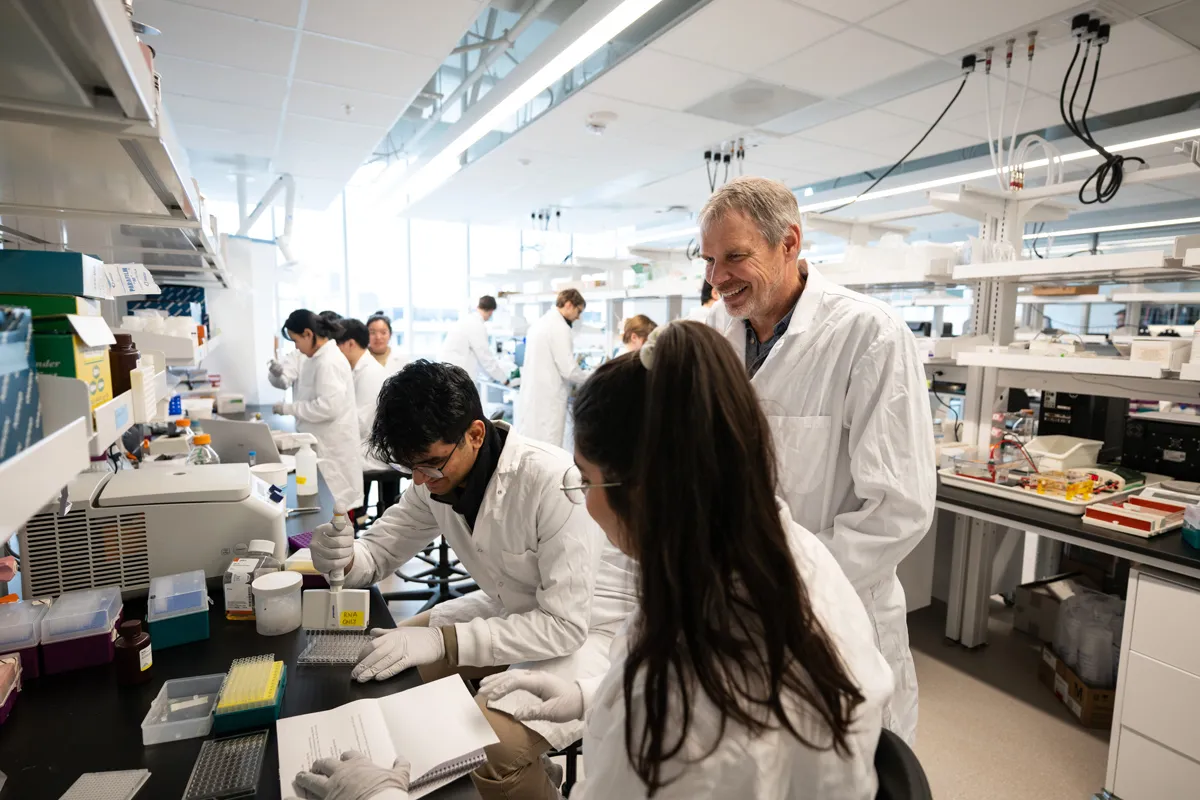
Canada’s first purpose-built hub for biomedical engineering
Designed by Canadian architecture firm Patkau, the building provides a dedicated home for SBME, replacing its previously scattered locations across UBC’s Vancouver campus.
“The School of Biomedical Engineering has been transforming health care through cutting-edge research, education, and partnerships since it was established in 2017,” said SBME Director Dr. Peter Zandstra. “This state-of-the-art facility allows us to take our work to the next level—creating an environment where our faculty and partners can collaborate seamlessly and create transformative new health technologies.”
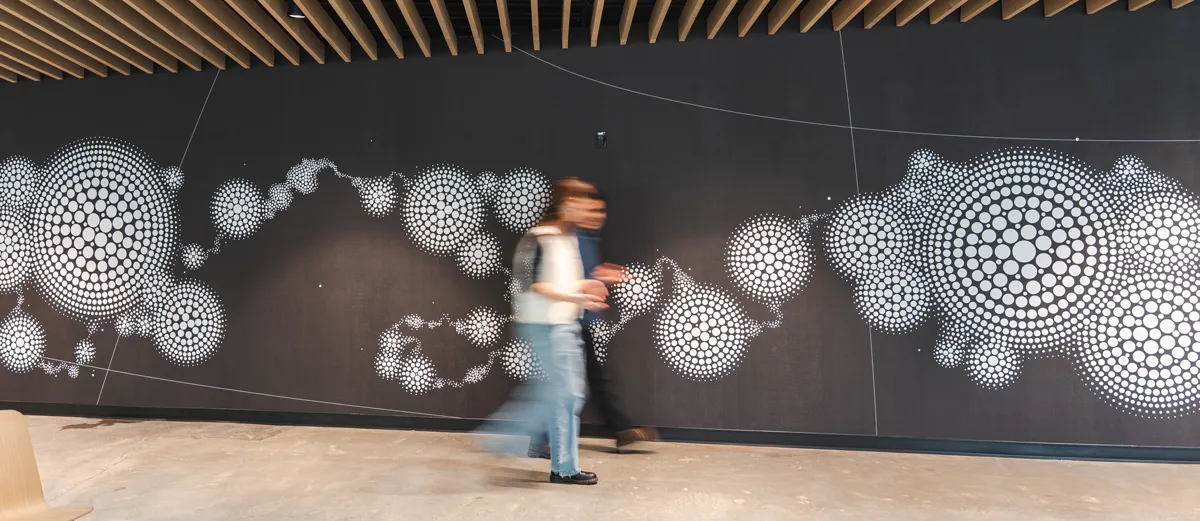
Complementing forward looking architecture and collision spaces, the building's visual centerpiece is a four-storey mural by biomedical artist Jen Ma. The artwork represents the multiscale nature of SBME’s research, illustrating how biology, medicine, and engineering intersect—from molecular to cellular to systems levels—to advance human health.
The new facility includes:
- Biomechanics Labs that have robots and machinery for crash testing research to study how head, spine, and hip injuries happen. This research, led by Dr. Peter Cripton, will help develop new ways to prevent serious trauma from falls, sports, and vehicle accidents.
- The Conconi Family Biodevice Foundry, a first-of-its-kind in Western Canada, made possible by a donation from the Conconi Family Foundation, which provides tools for designing and testing medical devices. Here, Dr. Govind Kaigala and his team are developing lab-on-a-chip devices, miniature medical tools that allow researchers and doctors to detect and diagnose diseases faster.
- State-of-the-art digital labs where researchers are using the power of artificial intelligence to improve diagnostic accuracy to enhance treatment outcomes. Here, Dr. Ali Bashashati is advancing AI in medical imaging to improve cancer diagnoses, helping doctors detect diseases earlier and with a greater degree of accuracy.
- Wet labs with specialized equipment and advanced microscopes provided by industry partnerships, where researchers like Dr. Nika Shakiba are working in stem cell engineering to better understand diseases like cancer and diabetes, potentially leading to new cell-based therapies for these conditions.
- The Jim McEwen Zone for Innovators, Creators, and Entrepreneurs—supported by UBC double alum Dr. Jim McEwen—a space equipped with 3D printers, prototyping tools, and electronic testing equipment where students and researchers can prototype and develop new medical technologies.
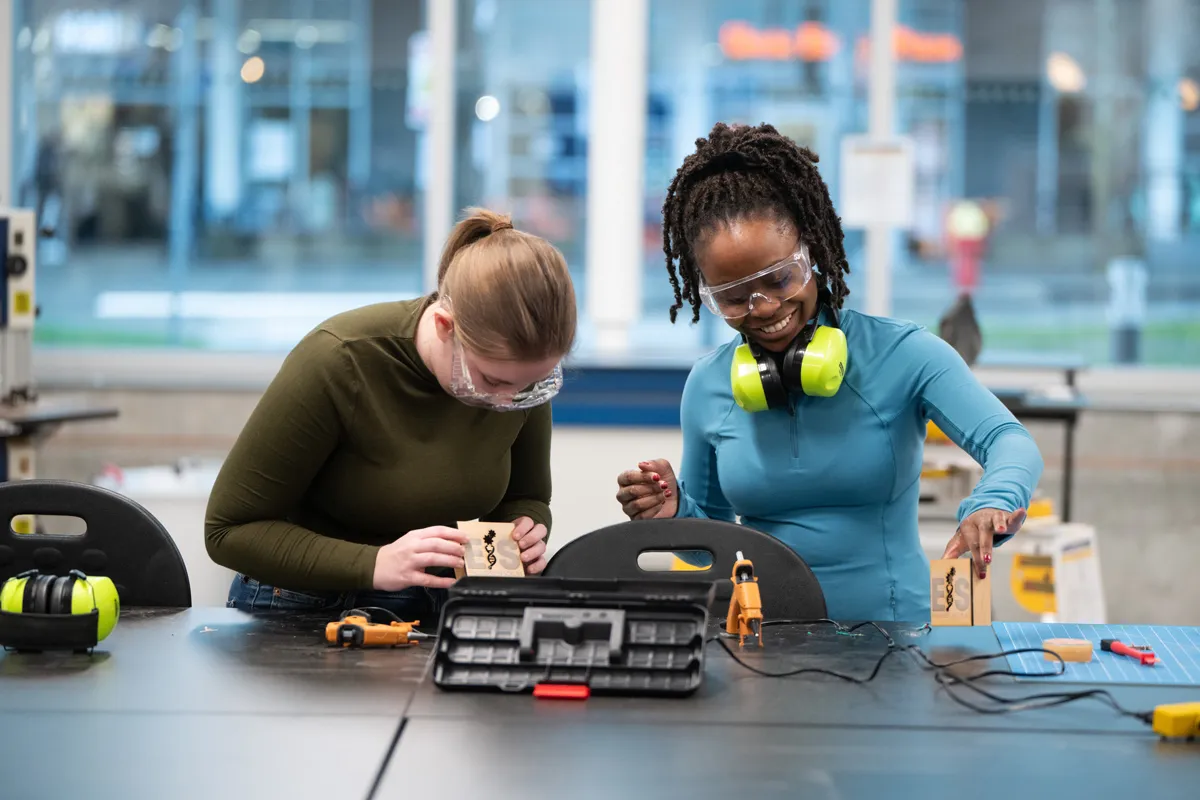
Philanthropic support is also enabling SBME to recruit research expertise through the Sir Magdi Yacoub Professorship in Tissue Regeneration, made possible by a donation from the United Therapeutics Corporation. This position will drive collaborative research, education, and training in cell differentiation and tissue regeneration, with the goal of making transplantable organs and organ alternatives accessible to everyone who needs them.
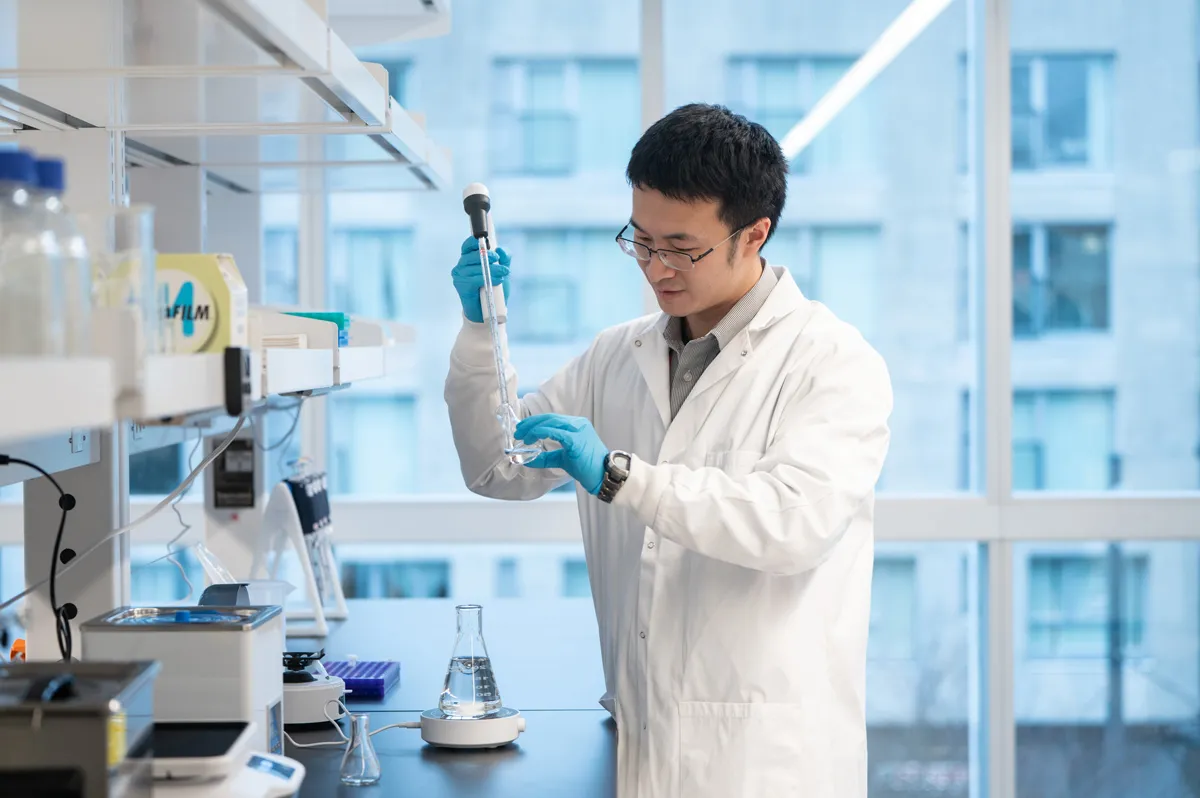
Strengthening B.C.’s life sciences sector
With the opening of the Gordon B. Shrum Building, UBC is growing its impact in B.C.’s life sciences sector — making room for up to 10 new UBC spin-off ventures each year through SBME Innovates at the Biomedical Research Centre.
SBME has already secured $10.2 million in partnership funding and helped launch several biomedical start-ups, including ScopeSys and SeraGene.
“By fusing the fields of medicine, biology and engineering, SBME is bringing new perspectives and a solutions-focused mindset to some of society’s greatest medical challenges,” said Dr. Dermot Kelleher, Vice-President of Health and Dean of the Faculty of Medicine. “This new facility will elevate B.C.’s biotech sector to new heights, shaping the talent, research, intellectual property and partnerships needed to translate discoveries into lifesaving medicines.”
“This building is more than just a space for education and research—it's an engine for innovation that will drive life-altering solutions,” said Dr. James Olson, Dean of the Faculty of Applied Science. “By providing cutting-edge facilities and fostering deep industry partnerships, we are empowering our SBME community to bring new health technologies from concept to reality, creating a healthier and more equitable future for all.”
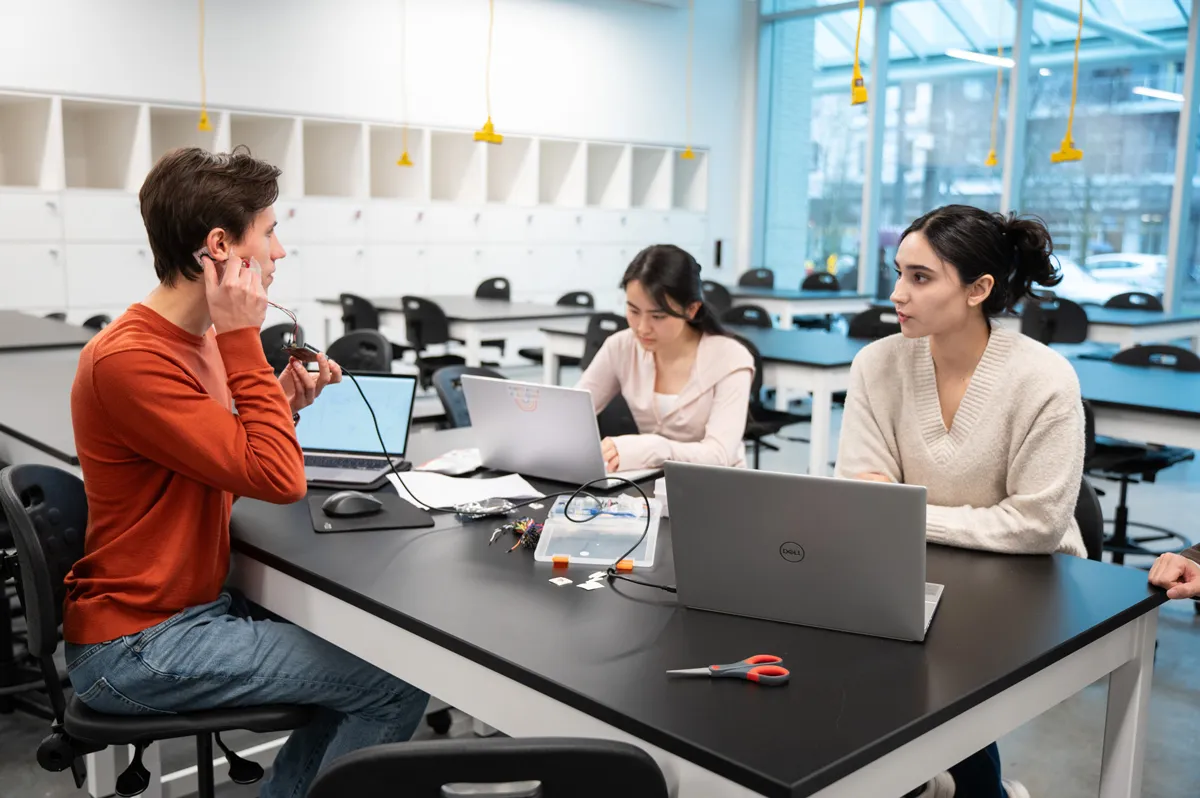
For Sogand Golshahian, a fourth-year biomedical engineering student specializing in cellular bioengineering and bioinformatics, the new facility represents new opportunities to bridge classroom learning with hands-on experience in biomedical innovation.
Through SBME’s co-op and research opportunities, Golshahian has been able to apply her skills to real-world projects, from machine learning applications in neuroscience to designing a muscle spasm detection system for intensive care patients in Tanzania.
“Biomedical engineering offers a unique blend of creativity, innovation, and impact in health care,” she said. “This new facility will provide students with even more opportunities to work at the forefront of medical technology and collaborate with researchers and industry partners to solve global health challenges.”



